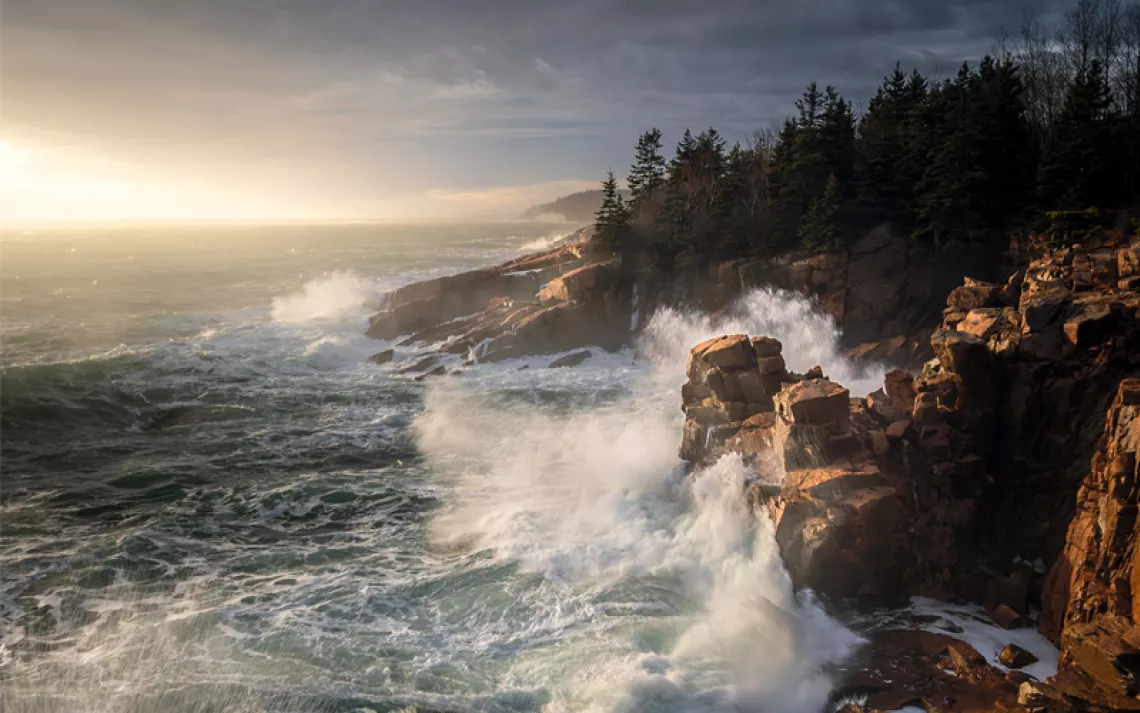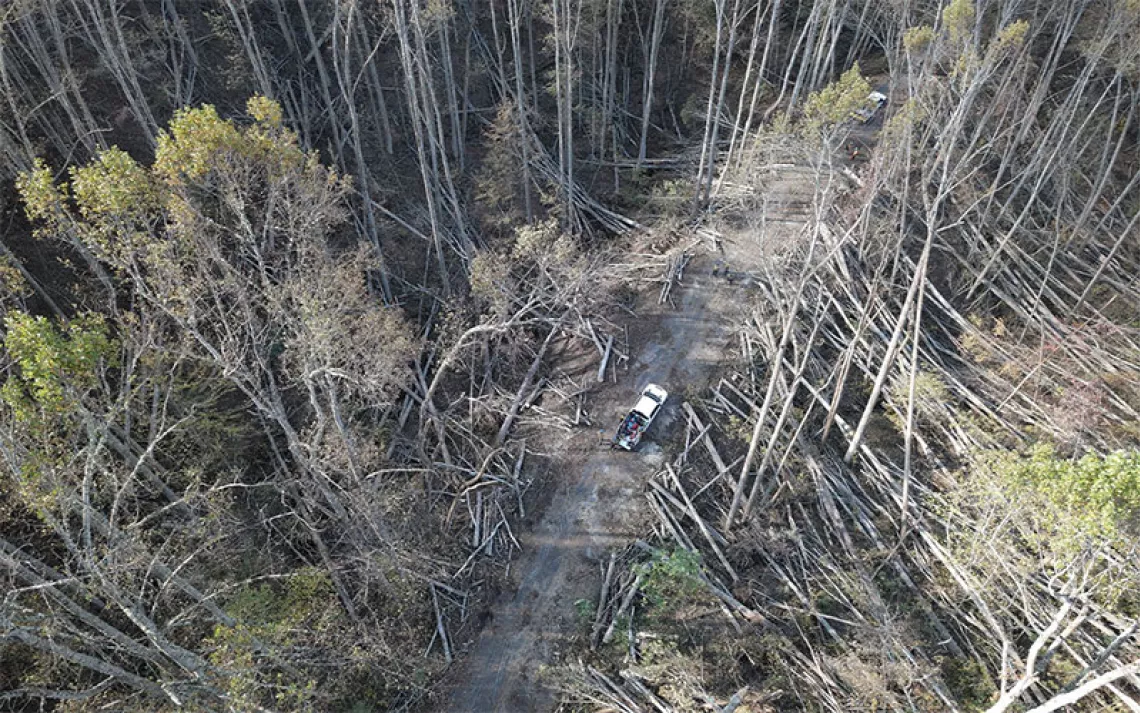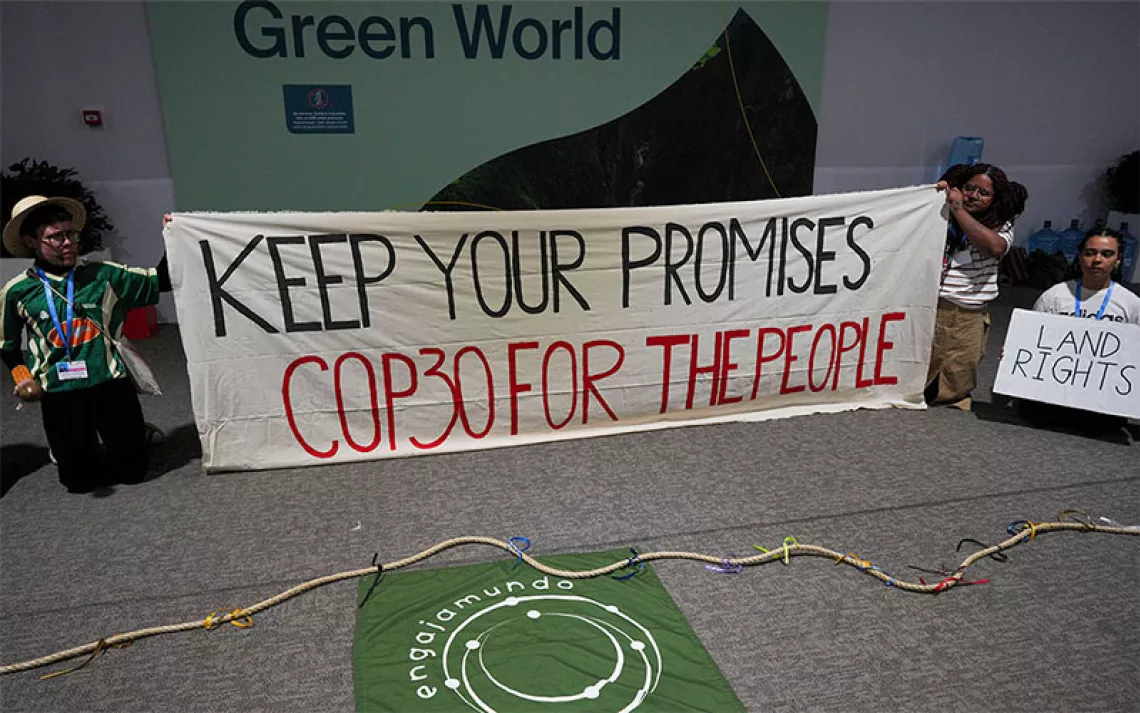What Does “Dead Pool” Mean for the American West?
Conservationists are working to understand how best to protect Lakes Mead and Powell

Photos by David Dudley
When I spoke with Eric Balken, the executive director of the Glen Canyon Institute, via phone on Valentine's Day, Lake Powell had reached a troubling milestone.
"Lake Powell's elevation is 3,522.16 feet today," Balken said. "That's the closest it's been to dead pool since 1968."
He paused.
"We could be watching Lake Powell's mortality in real time.”
What is “dead pool”?
Put simply, dead pool occurs when the amount of water stored in a reservoir is so low, water can no longer flow downstream. Lake Powell, the largest reservoir in the US, hits dead pool at 3,374 feet.
Lake Powell's primary function is to send water downstream to Lake Mead, which supplies Nevada, California, and Arizona with water. Mead reaches dead pool at 895 feet.
If Lake Powell reaches dead pool, the US Bureau of Reclamation—which declined our interview requests—would be unable to meet its obligation to deliver water downstream to Lake Mead. In which case, 40 million people would be affected.
What could happen?
Dead pool conditions at Powell would unleash a litany of challenges for the communities—human, flora, and fauna—that depend upon the Colorado River for power, drinking water, crops, and recreation.
But, there's an important distinction to make between temporary dead pool—that is, short-term dead pool conditions, which may be resolved as the following year's spring runoff replenishes the reservoir—and dead pool into perpetuity.
In the short-term scenario, Jack Schmidt, director of the Center for Colorado River Studies, said that Powell will become a long, skinny body of water.
It's like a bathtub, Schmidt told Sierra. The amount of water in Powell is a function of what comes in and what goes out. As water is released downstream, and some evaporates, the reservoir would become increasingly shallow. It gets warmer. As the water gets warmer, the fish that live in it will die.
"When Glen Canyon Dam was put into place, we lost Colorado pikeminnow, razorback suckers, carp, and catfish," Schmidt said. "When the river grew colder, trout and humpback chubs proliferated."
In short, the fishery would become non-native.
Warmer water would also create the conditions for toxic algal blooms to thrive, which would affect water quality. To make matters worse, the Colorado River delta—the transition zone between flowing river and reservoir—moves closer to Powell by one mile each year.
If Powell hit dead pool, the delta would advance toward the dam at a faster rate, filling the reservoir with sediment. Power generation would get stuck in a loop of diminishing returns until the water level fell below what's called “power pool,” at 3,470 feet.
"The Bureau of Reclamation would have to re-engineer those tubes to make sure they can withstand the abrasiveness of the sediment," Schmidt told Sierra. "They're going to do everything possible to prevent that condition."
Dead pool into perpetuity could lead to so-called water wars—lawsuits between the federal government, states, municipal leaders, and agricultural business owners—and even mass exodus.

How did we get here?
It began with the historic Colorado River Compact, completed in 1922. Surveyors took the average water flow of the Colorado River, then divvied water rights between what became known as the Upper Basin states—Wyoming, Colorado, Utah, and New Mexico—and the Lower Basin states: Nevada, California, and Arizona.
The problem, said James Powell, an author and educator who was appointed to the National Science Board by Presidents Ronald Reagan and George H. W. Bush, was that the surveyors used two exceptionally wet years to figure out how much water to give each state.
Since then, a potent combination of drought and rising temperatures due to climate change have led to dwindling Colorado River water flows. Those problems have been compounded by exponential population growth.
"When a river is dammed, it attracts people to the environment—even if it is otherwise unsustainable," Powell said. "And the population will grow until all the water is used up."
Powell predicted that Phoenix would be abandoned. With Phoenix adding 78,000 new residents between 2020 and 2021, it would appear that he was wrong. But Powell's vision took a step toward becoming reality on January 1, 2023, when the Rio Verde Foothills, a suburb of Scottsdale, was cut off from the city's water supply. That's a bad sign, as Phoenix tallied 359 heat-related deaths last summer.
What can we do about it?
The solution lies in coordinated conservation. As of this writing, six states—Wyoming, Colorado, Utah, New Mexico, Nevada, and Arizona—have agreed to curb their water usage. The lone holdout was California.
"California has more to lose than the other states," said John Rickenbach, an environmental and land use planning consultant with expertise on issues related to the management of the Colorado River watershed. "If California and Arizona become entangled in litigation, California will win. So, naturally, they aren't going to surrender their water rights before the other states do."
Schmidt said that we'll dodge the bullet this year, as snowpack in the Colorado Rockies is currently at 161 percent of median snow water equivalent of the average winter.
"March projections from the Bureau of Reclamation say that Lake Powell may rise by 50 feet once the spring runoff reaches the reservoir," he said. "But the future will be determined by the willingness of the states to reduce consumptive use to match declining inflow."
If the seven basin states can't reach an agreement, Schmidt said, the federal government may impose draconian measures until things stabilize. But when dealing with nature, as with politics, stability is elusive.
"I thought people would believe the science," Powell said. "We didn't expect that there would be deniers, often funded by Big Oil, who would work this hard against our best interests."
"With that in mind," Powell continued, "we should vote for leaders who accept the science."

 The Magazine of The Sierra Club
The Magazine of The Sierra Club



